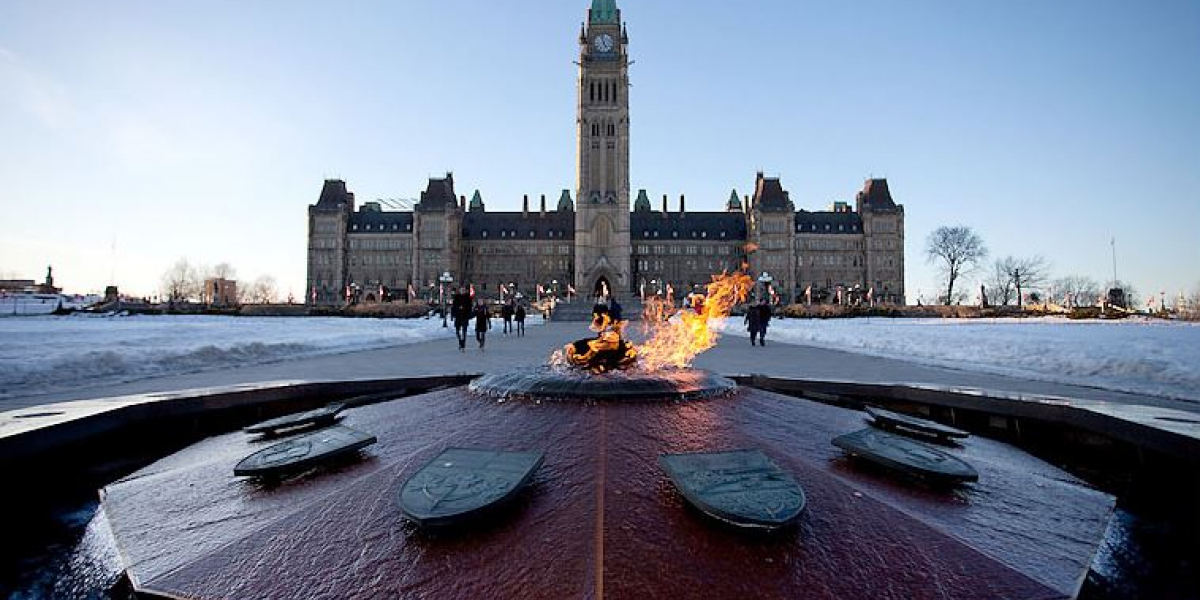
Tuesday, January 10, 2017
By Michelle Brownlee
With the announcement of the Pan-Canadian Framework (PCF) on Clean Growth and Climate Change on December 9, we can now see the trajectory that federal, provincial and territorial climate policy will follow over the short and medium term. But while the PCF maps out the broad strokes of how Canadian jurisdictions will work together to ensure emissions reduction and economic growth happen simultaneously, it doesn’t provide details on policy design or implementation. This is the stuff of effective policy and program design that needs to happen in 2017 and beyond.
Based on the markers established in the PCF, here are some areas where we at Smart Prosperity Institute see the need for more analysis (and more-detailed analysis) to underpin the development of the policies that will support the twin goals of emissions reduction and clean economic growth:
1) Policy Interactions – The various policies, programs, regulations and incentives identified in the PCF will interact with one another once implemented. These interactions can impact their environmental and economic effectiveness. The Working Group on Specific Mitigation Opportunities report provides cost estimates for the different policy options, but deliberately notes that the policy options have been considered individually – in the context of already-announced policies, but not with respect to one another or with other potential new policies.
How will these policies – at the federal, provincial/territorial, and even municipal levels – interact with one another? How will they interact with rapidly changing international policies, for instance the ITMOs (internationally transferred mitigation outcomes) provided for in the Paris Agreement, and those of individual trading schemes like the Western Climate Initiative? In what cases will these policies leverage one another, and how can we avoid them undermining one another? 2017 will be a year for identifying, modeling and analyzing these policy interactions.
2) Sustainable Financing – The transition to a low-carbon economy offers big economic opportunity, both in avoiding the impacts of climate change and in offering economic development opportunities. But the transition itself needs to be sustainably financed. Infrastructure investments, incentive programs, and boosting clean technology development all require upfront investment. Which policies have the greatest investment needs? How can the policies in the PCF – be they related to adaptation, mitigation, or innovation – be designed to leverage and draw in private and international capital? How will we judge if the incidence of costs is inequitable?
Analysis is needed to develop a financing plan for the PCF, and for that matter, Canada’s Nationally Determined Contribution (NDC).
On a related point, making wise spending decisions requires up to date figures on the costs of inaction. The best we have is a 2011 report by the National Roundtable on the Environment and the Economy, which the PCF references. This analysis should be repeated with the most current data and methodologies.
3) Inclusion of Opportunity – To succeed, the PCF’s vision will need the support of Canadian businesses, labour, Indigenous Peoples, urban and rural communities, youth and Canadians from all ethnic and socioeconomic groups. To secure that support, the PCF’s vision needs to be implemented in a way that is inclusive, ensuring that benefits accrue to all Canadians, and that groups that could be adversely impacted during the transition are supported with additional resources.
The transition to a clean, low-carbon economy can offer opportunity for all Canadians, but it’s most likely to do so if we explicitly design policies from the outset with that goal in mind. Economic, environmental AND social outcomes are all important aspects of climate policy design. Analysis is required for understanding the full impacts of implementing the PCF, including how best to design climate policies, and what other policies and programs might be required (or require adjusting, in the case of existing policies) to offer opportunity for all.
In addition to these 3 broad areas where we see a need for the policy research community to help support the best design and implementation of the PCF’s policies, there will be work to do to ensure governments stay true to the PCF. The PCF includes a commitment to reporting “regularly and transparently to Canadians on progress” and, when it comes to innovation at least, by “the collection and regular publication of comprehensive data”. These are both important for tracking progress on goals and supporting retrospective analysis on policy interaction, but other mechanisms might be worth considering to ensure accountability and results.
At Smart Prosperity Institute, we’ll be taking a close look at our work plans to make sure that the work we do supports decision-makers who are designing low-carbon policies with the best available evidence. But we’re one of many policy research focused institutes who will have a contribution to make. With that in mind, as we review our work plans, we’ll also be thinking about the questions that need answering that we’re not equipped to do, and the ones that we could contribute to with the help of others. We’ll share our thinking with you on this forward-looking low-carbon research agenda.